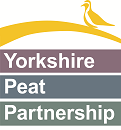We are thrilled to announce the exhibition celebrating our ACE Bogs project at Ilkley Manor House from 12th to 27th April 2025. We hope you can visit but there's an online option if not:
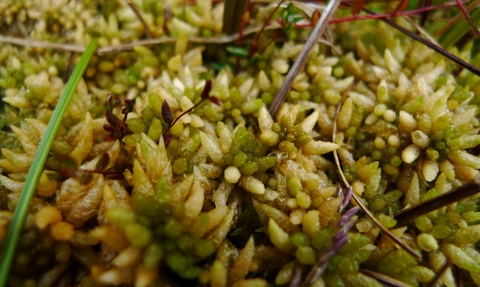
Sphagnum papillosum © Emma Goodyer
We are restoring peatlands in the Yorkshire Dales and North York Moors National Parks and Nidderdale National Landscape.
Read about our progress in our latest annual report on our resources page.
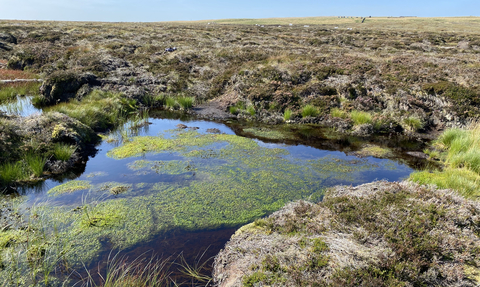
Peat bund © Jenny Sharman
Bog blog
Explore blanket bog, the Cinderella habitat, through blog posts from our colleagues and partners...
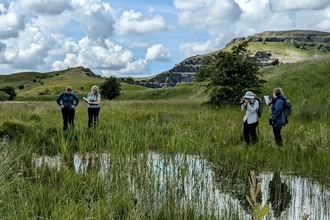
Restoration and Dragons in the Dales
Swarth Moor is a pocket of unique and wonderful habitat within the Yorkshire Dales...
Spring on blanket bog
A spring transect across one of our restoration sites.
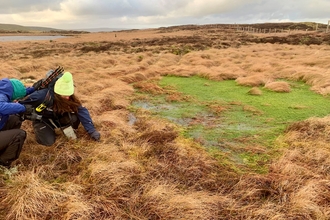
Nature for climate funding achieves peatlands successes
The Government’s Nature for Climate (NfC) funding scheme is drawing to a close in March 2025 (as far as we know) and we at Yorkshire…
Listen to us talking about our work...
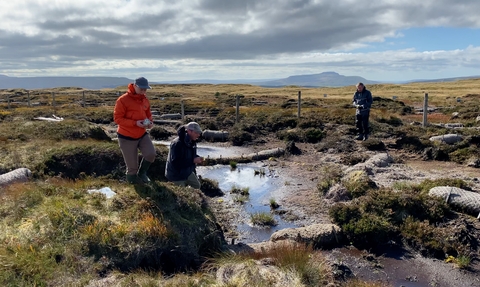
Volunteers planting sphagnum © Jenny Sharman
Get involved
Blanket bog is an ombrotrophic peatland habitat - that means it depends on rain, snow, hail and fog for all of its nutrients. You can find out about the amazing places and beautiful species we work in and around on our habitats and species page.
We estimate there are approximately 94,220 hectares of peatland in North Yorkshire's uplands and that around 80% of that has been damaged in some way.
Coir logs from the air © Aaron de Raat
